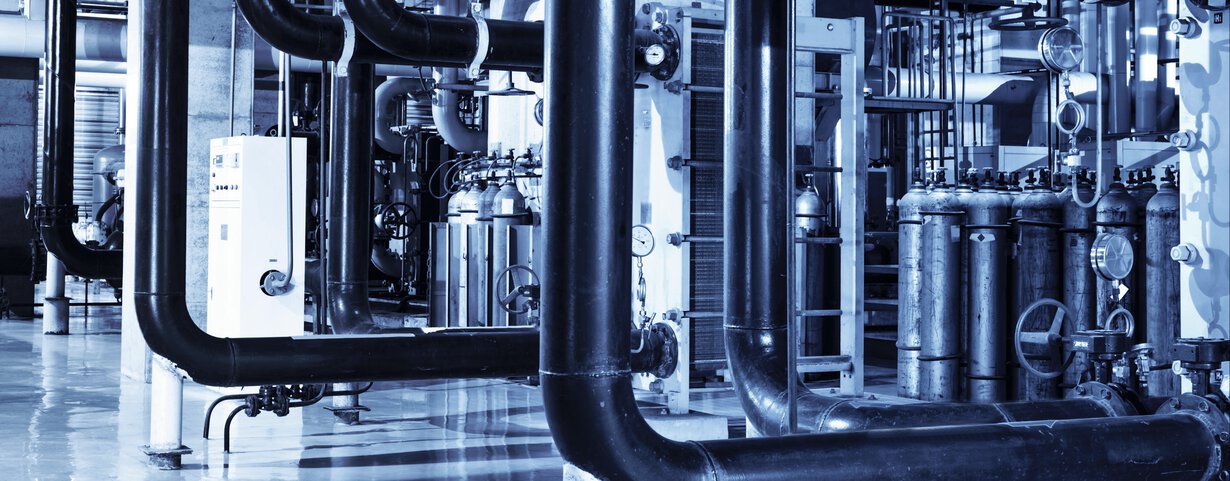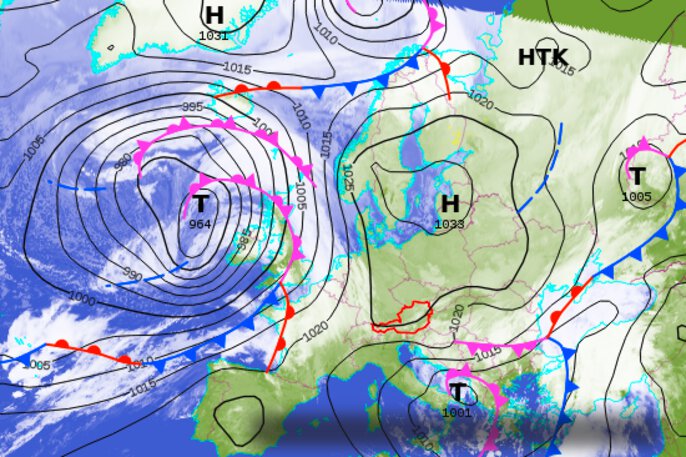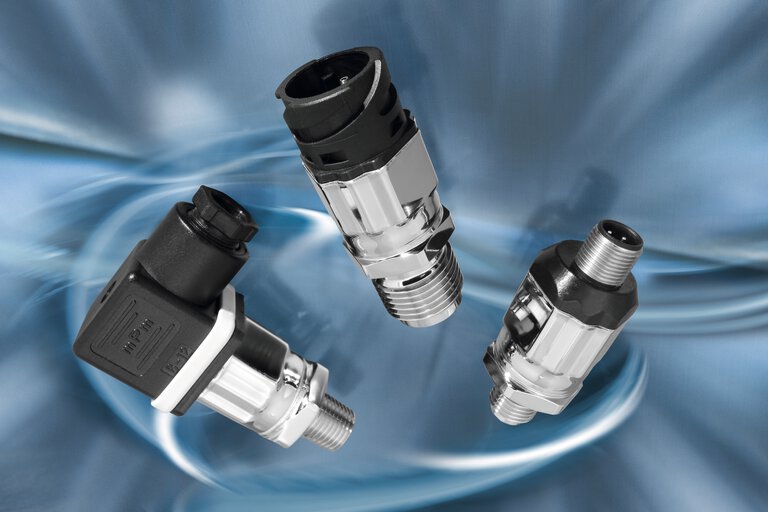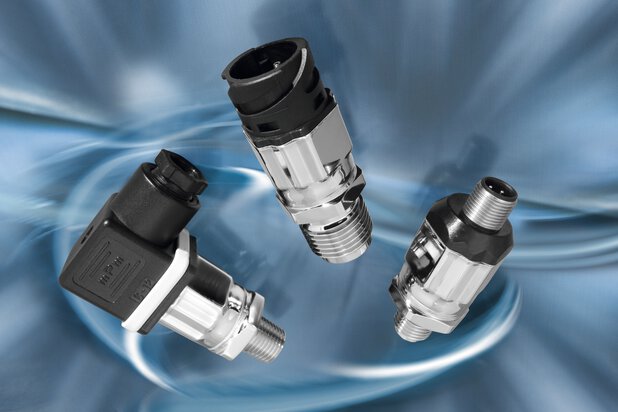

Absolute pressure
Depending on the process and application, absolute pressure is not automatically the best choice as a reference pressure. After all, numerous applications require the definition of a fixed point that is independent of fluctuating atmospheric pressure. Nevertheless, absolute pressure measurement plays an important role in industrial processes. Below you will find answers to the most basic questions about "absolute pressure".
What is absolute pressure?
The zero point of the absolute pressure scale is the vacuum. Data on absolute pressure therefore always refer to the vacuum and result from the difference to the vacuum. The absolute pressure is indicated by the index pabs . In industrial applications, the absolute pressure is the sum of the atmospheric pressure and the process pressure.
Where can absolute pressure be found?
Typical applications have always been air pressure measurements, e.g. barometers or altimeters in airplanes. The weight of our atmosphere determines the air pressure Pamb. This is about 1013 mbarabs at sea level and decreases with increasing geographical altitude. At the summit of Mount Everest, for example, it is only about 400 mbarabs.

Fig. 1: Isobars on a weather ©map
How is atmospheric pressure represented?
In weather forecasts, the course of atmospheric pressure is shown in so-called isobars (see figure above). Locations with the same atmospheric pressure are connected by lines. These isobars are usually divided in steps of 5 hPa.
What do the isobars mean?
If an area is surrounded by isobars in a circle, the center is recognized as a high or low pressure area, depending on the pressure direction (falling or rising). The weather-related variation between high and low pressure areas is about +/-20 hPa. This corresponds to 20 mbar / 2 % air pressure /
0.2 mWS.
In which processes is absolute pressure used?
Process engineering processes often take place in evacuated containers, e.g. in sterilizers or autoclaves. The process pressure to be measured is then separated from the atmosphere and is determined with absolute pressure transmitters. In automotive manufacturing, robots with vacuum grippers are used to transport large-area elements, such as the engine hood. Here, the vacuum is monitored to ensure the suction power of the grippers. In plastic packaging machines, the level of vacuum is measured to control the sealing process.
Colloquially, the term vacuum is often used to describe a largely airless space. For example, people say, "Something is vacuum packed."
How does an absolute pressure measurement proceed?
Absolute pressure sensors consist of a membrane and a vacuum chamber. Atmospheric pressure, overpressure and vacuum act on the diaphragm, whose deformation is recorded and allows conclusions to be drawn about the absolute pressure value.
What is the absolute pressure formula?
The absolute pressure pabs is determined relative to the vacuum. Therefore, its value depends on the atmospheric pressure pamb and the process pressure pp ab. Depending on whether there is a positive or negative pressure relative to the atmospheric pressure, the process pressure pp can take on positive or negative values.
pabs = pamb + pp
How is relative pressure converted to absolute pressure?
When converting absolute pressure to relative pressure or vice versa, it is important to know to which value the measurement refers. Pressure gauges can measure and display two types of pressure, depending on their design: Relative and absolute pressure. A pressure transmitter without atmospheric pressure compensation displays an absolute value. An instrument that measures not only absolute pressure but also atmospheric pressure will give a relative pressure reading. The user of an application with devices that measure only absolute pressure should be aware that the result is influenced by the changing atmospheric pressure, which depends on many factors.
What role do pressure transmitters play in level measurement?
In many industrial applications, relative or differential pressure transmitters are used to measure tank levels. In open tanks, the reference point is the ambient pressure and the absolute pressure is measured. In this case, the measurement result is affected by weather fluctuations that change the ambient pressure. In addition, an absolute pressure transmitter must have a larger measuring range when taking atmospheric pressure into account, but this leads to a larger measuring error. A better solution for level measurement is the differential pressure transmitter. The device has two process connections for measuring process pressure and ambient pressure. The ambient pressure is compensated so that weather fluctuations have no negative influence on the measurement results.

When absolute pressure sensors are manufactured, the space behind the sensor membrane is evacuated, i.e., a vacuum p0 is created and the space is then sealed.
pamb = Ambient/atmospheric pressurepp = Process pressure
p0 = Vacuum
- ${title}${badge}


